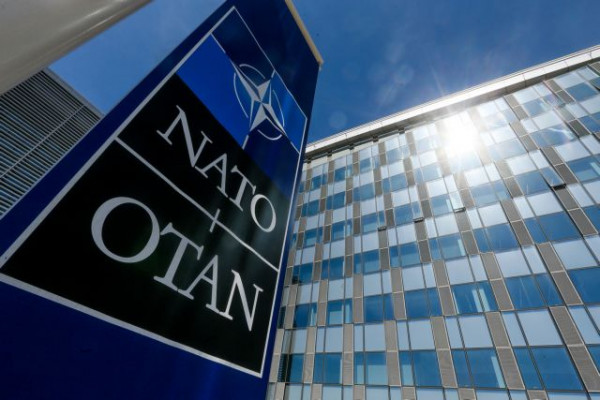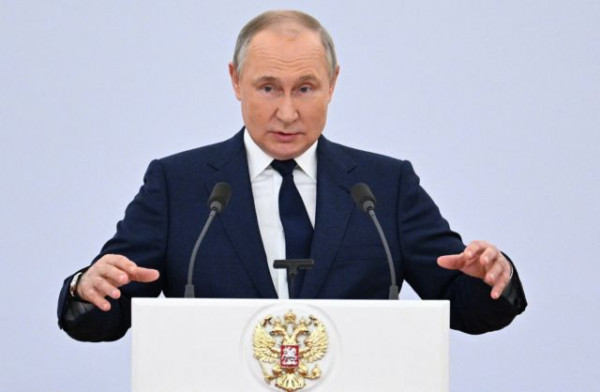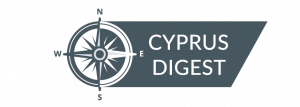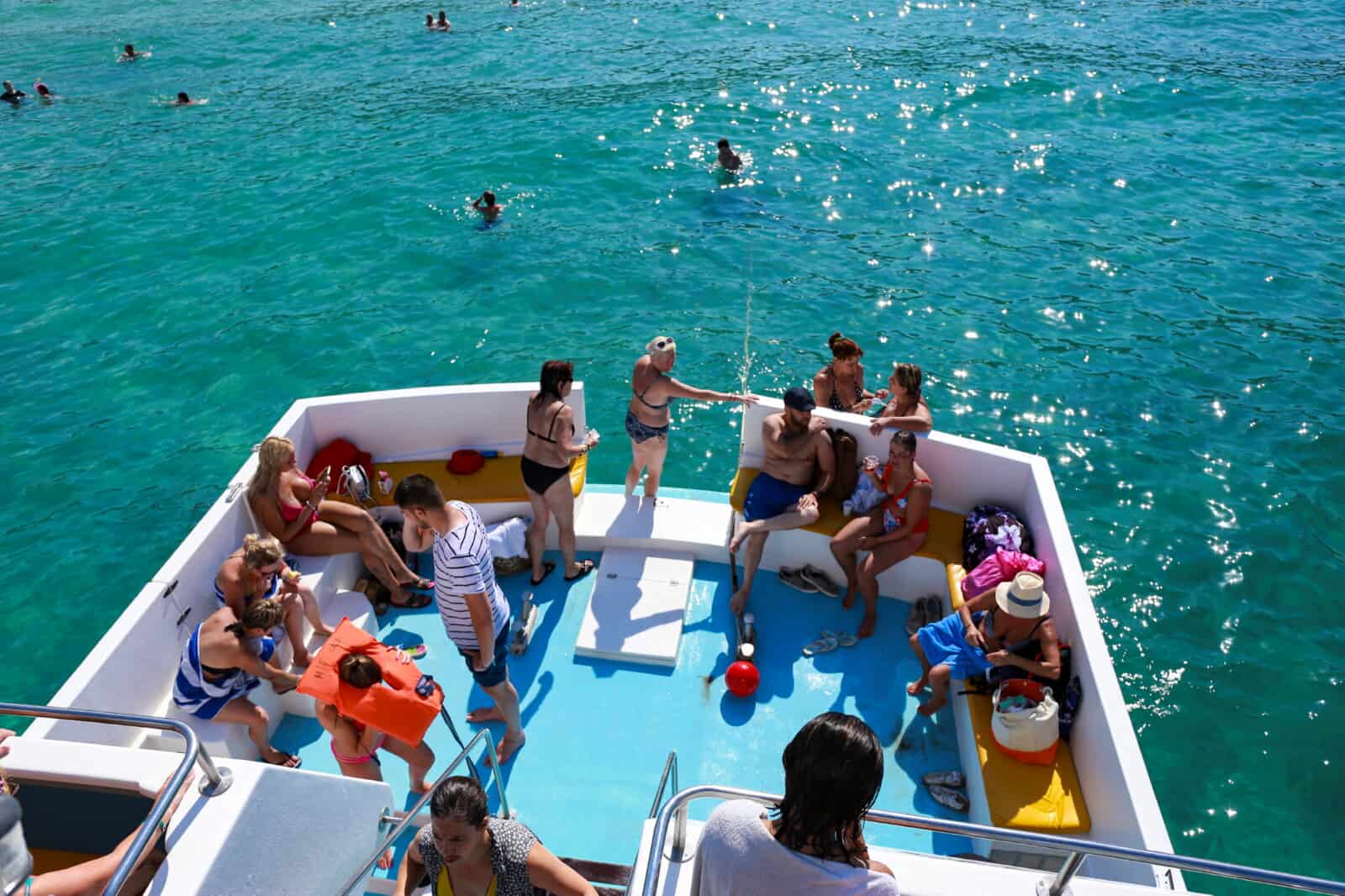
“British Challenger 2 tanks roam the Polish countryside. Selected French special forces troops patrol the shores of the Black Sea in Romania. American missile arrows sweep the skies of Slovakia. A Norwegian F-35 takes off to intercept an unknown Russian aircraft off the coast of Finland.
As the battle rages in Ukraine, NATO allies along the east side of the alliance have begun collectively the most important – and fastest – military development in the history of modern Europe: a state of alert and preparedness not far from war, but neither and from peace. “
Thus begins the Financial Times article describing the deployment of NATO forces in Eastern Europe. The strategic goal of the US, after the embarrassing withdrawal from Afghanistan and the disagreements within NATO, was to restart the Alliance in order to follow the American turn to the Pacific and the competition with China.
Its invasion Vladimir Putin in Ukraine has put Europe and NATO back in a scenario they thought they had left behind.
More militarized than ever
Today, Eastern Europe is more militarized than ever since the Cold War. Once again, nuclear-armed superpowers face the vast expanse between the Baltic and the Black Seas.
At the same time, armaments agreements from the Cold War era, such as the INF treaty banning 500-5,500-kilometer cruise missiles and the Open Skies agreement, allowing Russia and NATO members to conduct reconnaissance flights over the military installations on the other side have been demolished. The same goes for the communication channels between Moscow and the western capitals.

The result is a continent with more weapons and soldiers on high alert than it has seen in decades, but without the protective railings that provided serenity during the Cold War: Europe today is arguably less secure than at any other time since 1945.
This has raised the question of whether NATO military reinforcements have made Europe better protected or simply exacerbated an already strained situation.
Putin blames the West for the escalation and NATO responds that after the invasion it has no choice but to increase its military presence in the region, but the numbers show the dangerous situation that is now developing in Europe.
Numbers leave no room for complacency
Forty thousand troops in Eastern Europe are under direct NATO command – 10 times more than the day before Putin's invasion. Eight countries now host NATO battle teams – twice as many as before. And a rapid reaction force of up to 10,000 troops has been deployed in the name of collective defense for the first time in alliance history.
“European security and defense have evolved more in the last six days than in the last two decades,” Ursula von der Leyen, President of the European Commission, said on March 1.
With the fall of the Berlin Wall, the United States had 200,000 troops in West Germany.
Today, NATO's eastern states, from the Baltic states in the north to Bulgaria in the Black Sea, have about 330,000 troops: national armies reinforced by Western Europe, the United States and Canada. In addition to the ground forces, 130 NATO aircraft are on high alert and about 150 warships are patrolling the seas.
NATO expansion since 1989
Since the reunification of Germany and the collapse of the USSR, 12 countries have joined the alliance. Three – the Baltic states – were former Soviet republics. Seven others were previously members of the Moscow-led Warsaw Pact military alliance. NATO's east side is 1,100 kilometers closer to the Kremlin than the West German border in 1989.
Russia's western military district, which covers territories bordering Finland, the Baltic states, Belarus and Ukraine, has the country's largest and best-equipped armed forces. More than 300,000 troops from across the military, from tank divisions, special forces and surface-to-air missile launchers to naval and air force bases.
NATO-Russia “closer” than ever
As a result of the Kremlin's moves in recent years to increase its control over allied Belarus – where the Russian armed forces deployed tens of thousands of troops this winter – the reinforced military presence of NATO and Russia is now closer to each other, independently “The risk of ignition and escalation is obviously higher,” said a senior Defense Ministry official in a major NATO country. “The situation that has reached this point in a few months will take years or decades to escalate.” “Things are starting to become the norm very quickly.”

Almost 4,000 kilometers of” chance “of ignition
It seems increasingly likely that the border between NATO and Russia will become more “tense” soon. Finland and Sweden, countries that have previously opted for loose co-operation with NATO over membership, are discussing a change in this long-standing policy, as public opinion fluctuates in favor of collective defense in light of Putin's invasion of Ukraine. Finland's accession will add more than 1,300 kilometers to the NATO-Russia border, more than doubling its current length. If Belarus is added as a Russian proxy, the two military forces will tangle for about 3,750 kilometers.
Moscow has warned that a move by Finland or Sweden to join NATO would require a military response. put an end to the “non-nuclear regime of the Baltic Sea”. NATO, on the other hand, says its upgrade to the east is far from complete. At the alliance summit in Madrid in June, he is expected to sign plans to continue strengthening the side.




